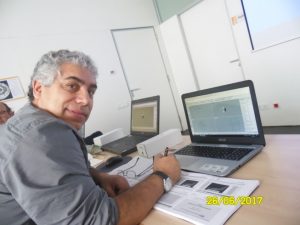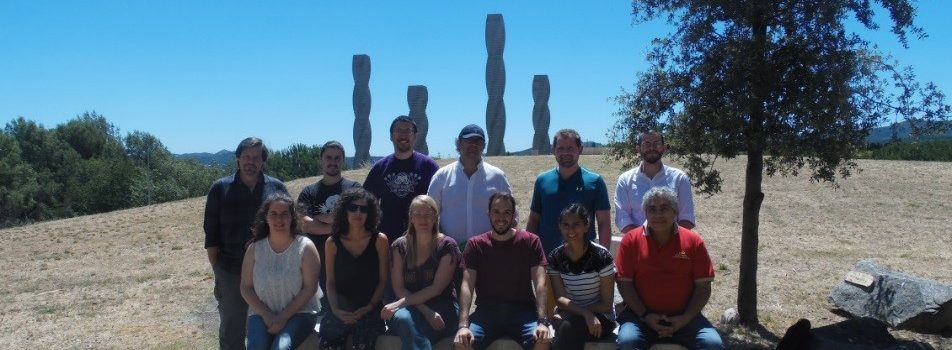IFOP Laboratory Analyst attends Introduction to 3D technology course in Spain
July 24th, 2017 The goal was to learn, internalize and then transfer and explain how you can work with a range of technologies to obtain virtual 3D models from different sources, such as laser imaging, photogrammetry, tomography and computerized microtomography.
The goal was to learn, internalize and then transfer and explain how you can work with a range of technologies to obtain virtual 3D models from different sources, such as laser imaging, photogrammetry, tomography and computerized microtomography.
In the premises of the Catalan Institute of Paleontology Miquel Crusafont and the Institute of Environmental Science and Technology of the Universidad Autónoma de Barcelona. The course Introduction to 3D technology was offered in Spain, in represetation of IFOP Lizandro Muñoz attended and commented “The use of 3D images is currently an increasingly extended tool that through models or digital designs, allows you to be able to offer a real idea of what you want to show.
By relating an object with volume, a computer and modeling software, make it possible to appreciate three dimensions, but also light, shadows, textures and digital resolution among others. ”
The Aging and Growth Laboratory from the Institute of Fisheries Development (IFOP) is developing at initial stages some procedures that allow to obtain three-dimensional images of otoliths and in other areas of IFOP there is the idea of working with high level technological equipment such as scanners.
For the development of the course attendees had to load some free softwares and paid software with trial licenses in order to compare processes and results of 3D images.
Practical work was carried out with the use of cameras, the students learned how to dye and discolor samples to be worked on tomography and a visit was made to the 3D Virtual Laboratory of Instituto Catalá de Paleontología (Catala Paleanthology Institute).
“What we learned in this course invites us to continue working on the development of this type of technology where we are taking the first steps in otoliths and visualizing that it is possible to obtain three-dimensional images from different sources of equipment and thinking for different fishing resources with ranges of sizes, because it is not the same to obtain a three-dimensional image of an otolith than to obtain the three-dimensional image of a complete specimen of for example a swordfish, a shark, or a cod, however the same methodology could be applicable depending on which device a (Scanner, SLR camera, or other).
Attendance to this course allowed us to know, to understand and to see possible applications with the included topics, it allowed experiences exchange and the possibility to answer questions that made possible a recognition and a contribution to possible solutions for unresolved problems.
3D technology incorporation, which for IFOP has a promising perspective, can be paired with what has been done by other institutions and universities both national and international given the incipient current state, it can be considered as an investment in knowledge and development in our work, this can expand our research scope and can be applied to various fishery resources, “said Muñoz.
